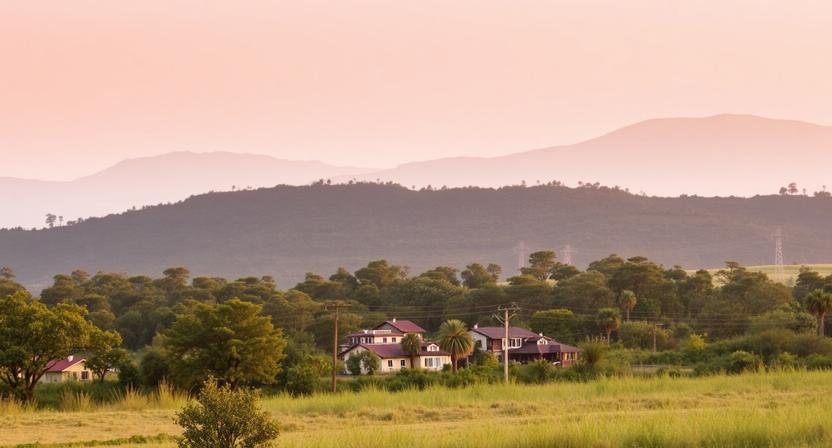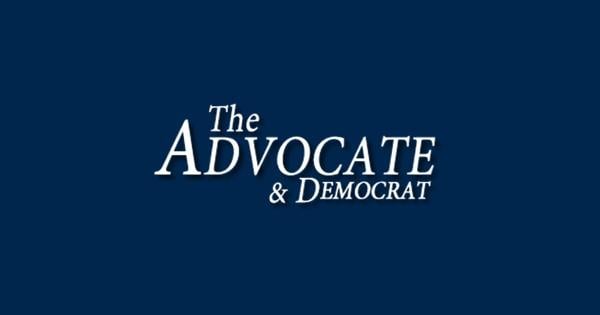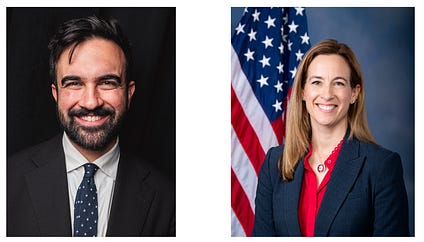Climate Misinformation Persists in New Middle School Textbooks
Proposed middle school science textbooks in Texas have been met with controversy over their treatment of climate change and fossil fuels. Climate education advocates argue that while the books have their flaws, they provide significant climate content that explains the science of the climate crisis, filling gaps left by earlier materials. However, supporters of the fossil fuel industry claim that the textbooks promote the "radical climate lobby." In Texas, where adoption of textbooks can influence those used nationwide, the State Board of Education is expected to make a final decision in November.

Scientists have found no evidence that natural forces have contributed to our planet’s current global warming problem, but a middle school student reading a crisp new book from the nation’s top science textbook publisher might think otherwise. “Due to both human and natural activities,” the child would read, “the amount of carbon dioxide in the air has increased.”
That statement can be found in McGraw Hill’s seventh-grade textbook Texas Science, one of dozens of books up for adoption in the state’s first major consideration of new science instructional materials since 2013. The Texas State Board of Education held its initial public hearing about the proposed materials on August 29 and is expected to make a final decision about them after a second hearing in November. Textbooks that the board adopts will sit on classroom shelves in Texas beginning next fall, and they are likely to influence textbooks across the country.
The books have already engendered controversy. Climate education advocates have asked the state to adopt the new materials because despite their flaws, they include substantial climate content that explains the science underlying the climate crisis; the last set of textbooks adopted by the state a decade ago largely did not. Yet some supporters of the fossil-fuel industry, including a congressional representative, say the books represent, in the words of that representative, an infiltration of “the radical climate lobby” into education, and have asked people to pressure the state to reject them.
The books have been written expressly to conform to Texas’s new science standards—expectations about what students learn in each class and grade. When the State Board of Education updated the standards in 2021, it chose to include information about the climate crisis in a required class—middle school science—for the first time in Texas history. As first reported by Scientific American in 2022, however, the new climate standards did not go as far as many educators hoped. After a concerted campaign by the Texas Energy Council, an industry association that primarily represents oil and gas companies, the board limited the breadth and depth of its new climate science standards. This spring, as reported by E&E News, the board took the additional step of changing its textbook policy to explicitly favor books that emphasize fossil fuels’ “positive” aspects.
Because Texas is among the largest textbook markets in the U.S., the state has had long-standing influence over textbooks published nationwide. That means content written with Texan politics—and the state’s fossil-fuel industry—in mind winds up in classrooms across the country. Textbooks often have a long shelf life, so the approved materials will likely be read by children into the 2030s.
The bulk of public comment at the hour-long public hearing on August 29 comprised testimony by climate education advocates encouraging the board to approve the proposed books as they are because for the most part, their content about the climate crisis is accurate and direct. An 11th-grade student who testified at the hearing, Marygrace Beinke, argued that it is essential that her fellow students—as well as “our future presidents, teachers and scientists”—understand the threat the climate crisis poses. “Climate change isn’t patient or ineffable,” she said. “It’s a simple cause and effect, something we can and have to stop. Leaving these kids blind to that—it’s not just poor form but dangerous.”
Some members of the board appeared sensitive to the effect that teaching about climate change would have on students’ perception of the oil and gas industry. Board member Will Hickman, who works as an in-house attorney for Shell Oil, asked a testifier whether instructional materials “should also include the benefits” of burning carbon. “We could turn the lights off and turn off the air-conditioning in here. It’d be 110 degrees, and we’d be sitting in the dark,” he said. “Is there a benefit to turning the lights on, turning on the air-conditioning?” The testifier responded that Hickman had conflated the use of fossil fuels with the benefits of electricity, which can be produced with renewable sources.
A few weeks after the meeting, the aforementioned congressperson, Representative August Pfluger of Texas, who represents a portion of the state’s fossil-fuel-rich Permian Basin, wrote a post on Facebook in which he requested that his followers submit a comment to the State Board of Education asking for students to be taught “the truth about the importance of secure, reliable energy produced in the Permian Basin.” He noted that the new science standards require eighth graders to learn about climate change. “We cannot allow the radical climate lobby to infiltrate Texas middle schools and brainwash our children,” he wrote. Pfluger sits on the U.S. House Committee on Energy and Commerce. His office did not return a call for comment.
To examine how political tensions have affected the upcoming textbooks, I reviewed the climate content in the new middle school science textbook sets put forth by the three largest K–12 publishers: McGraw Hill, Savvas Learning Company (formerly Pearson K12 Learning) and Houghton Mifflin Harcourt (HMH), which together accounted for four of every five textbooks in U.S. public middle school science classrooms as of 2018. My review found that the proposed new textbooks include much more robust information about the climate crisis than their earlier editions did. In some cases, however, the books appear to cloud the human causes of the crisis.
Each of the three sets—McGraw Hill’s Texas Science, Savvas’s Texas Experience Science and HMH’s Into Science Texas—put the bulk of their climate content in a chapter of an eighth-grade science textbook. Overall, these respective chapters describe recent climate change’s mechanism, impact and human origins without equivocation. But in places, they seem to downplay the role of fossil fuels. Oil, gas and coal account for more than 75 percent of global greenhouse gas emissions, according to the United Nations, yet the chapters each spend more words on the contributions of deforestation, agriculture and urbanization than they do on fossil fuels. In places, the books lean on the phrase “releasing greenhouse gases” rather than “emitting greenhouse gases” or “burning fossil fuels.” The HMH book closes its chapter by highlighting the climate contributions of deforestation, urbanization and “carbon dioxide and other greenhouse gases released by human activities.” Representatives from HMH did not respond to requests for comment about that language.
McGraw Hill’s eighth-grade climate section begins with a scenario for students to evaluate in which four friends are discussing recent climate change. One suggests that while there is evidence of humans impacting the climate, it’s “not considered scientific evidence.” A second says, “I think we now have evidence that supports the idea that humans are affecting Earth’s climate.” A third suggests that “we need more evidence,” while a fourth asserts that climate change “is a natural event. There is no evidence that human activities affect climate.” The book instructs students to evaluate which of the four characters they agree with.
Asking students to debate the causes of climate change is not uncommon: more than half of science teachers across the U.S. say they teach the causes of climate change as a debate. Expert climate educators discourage this approach, however, noting that it could leave students with the misunderstanding that the causes of the climate crisis are also debated by scientists, which they are not.
Outside of the eighth-grade chapters specific to recent climate change, the subject appears in a smattering of other places but not always robustly. In two places, McGraw Hill’s seventh-grade book asserts that both human and natural activities have recently increased carbon levels in the atmosphere. In a response to questions about Texas Science’s climate content, a McGraw Hill representative said that the company “is committed to developing accurate and effective educational materials aligned to the standards and curriculum requirements of our customers. We highly value the insight that our customers and the public bring to discussions of our content during this adoption process, which is ongoing.”
A section in Savvas’s eighth-grade Texas Experience Science about how scientists learn about past climates by studying glaciers lists natural factors that have caused the climate to change over the course of time, including “distance from the sun” and “ups and downs” in ocean temperature. “But these naturally occurring events do not entirely explain the Earth’s temperature changes over the last few centuries. Human activities are another cause,” the section states. “Greenhouse gases are playing a role in warming the planet.”
In an e-mail to Scientific American, representatives of Savvas defended this language, saying that it and other climate content in the book are “fully aligned” with Texas’s new middle school science standards and that Savvas is “committed to ensuring our learning solutions provide the teachers and students we serve with the most accurate, relevant, fact-based, and pedagogically sound content.” Jesse Wilcox of the University of Northern Iowa, a co-author of the textbook, wrote in an e-mail that “we recognize humans are causing climate change. We note in the curriculum that nature, by itself, doesn’t account for the climate change we are experiencing and that greenhouse gases are warming the planet. While we want students to understand that our current climate is a human-caused problem, we also want students to recognize that natural factors (e.g., changes in radiation, orbital changes, and volcanic eruptions) influence climate. This is not a denial of human-caused climate change, but rather, a more complete understanding of factors that impact our climate on Earth.”
The textbooks are still drafts and were initially submitted for public review in April. As part of the adoption process, the Texas Education Agency organized two panels of reviewers to examine them. Neither set of panels asked for changes to the climate content of the three major textbook companies’ middle school books.
Nevertheless, when McGraw Hill presented the changes it planned to make to these drafts, it included tweaks to the eighth-grade climate change material. In one case, the original language said:
“The main way humans have contributed to climate change is by burning fossil fuels to power automobiles and to produce electrical energy. Burning the fuels releases carbon dioxide into the atmosphere, which increases the amount of solar energy that is trapped in the atmosphere. Deforestation also increases carbon dioxide emissions, contributing to global warming.”
In the edited version, this language was changed, and another reference to urbanization was added:
“The main way humans have contributed to climate change is by burning fossil fuels to meet energy demand. Burning fossil fuels releases carbon dioxide into the atmosphere. Deforestation and urbanization also increase carbon dioxide emissions, contributing to global warming.”
When asked about these and other proposed edits by Scientific American, a McGraw Hill representative said changes were made for editorial reasons, “such as clarity, length, consistency, and alignment to standards.”
The previous set of middle school science textbooks McGraw Hill put up for adoption in Texas was called iScience and published in 2012. A book in the set suggested that the cause of the climate crisis wasn’t fully understood: “Although many scientists agree with” the U.N. Intergovernmental Panel on Climate Change’s conclusion that human industry has caused the crisis, “some scientists propose that global warming is due to natural climate cycles.” Editions of the textbook were also sold in Alabama, Florida, Georgia, Indiana, Massachusetts, Mississippi, New York, North Carolina, North Carolina, Tennessee, Virginia and Oklahoma. By 2018 versions of iScience sat on the shelves of a quarter of American middle school science classrooms, all with that language intact. In 2021 when I asked why that and other inaccurate language about climate change had been written into their science textbooks, McGraw Hill representatives responded that the content had been written between 2007 and 2009, when, they said, the U.N. IPCC “was still in its infancy,” and the science for the human causes of climate change wasn’t as settled as it is today. Yet the IPCC was formed in 1988 and issued its first warning about global warming in 1990.
Two groups of climate education advocates, the Texas Freedom Network and the National Center for Science Education (NCSE), conducted their own joint review of the proposed new textbooks’ climate content and found it overall met the limited requirements of the new standards. But in an interview, NCSE’s deputy director Glenn Branch noted that “even the best of the books have lots of room for improvement.”
Judy Dickey, a doctoral student at Texas A&M’s Atmospheric Sciences program and former high school teacher, was one of the reviewers. She says the middle school textbooks left her with the impression that the publishers had watered down the contributions of fossil fuels to the crisis while overemphasizing the contributions of urbanization and deforestation.
“I don’t know if this is intentional or not, but it felt like they were trying to shift the blame to other countries,” she says. “Deforestation and urbanization are not a North American problem, so it’s like saying that it’s all these other evil countries that are responsible for climate change.”
The textbooks’ suggestions that nature is contributing to the crisis are “100 percent false,” Dickey says, because while there are natural sources of greenhouse gases, the evidence suggests the planet would be in a cooling cycle if it were not for human emissions.
The Texas State Board of Education is expected to make its final decision about the textbooks at its next meeting, which will take place during the week of November 14. Texas residents can submit written comments on the proposed textbooks until October 30.
What is Your Reaction?
 Like
1
Like
1
 Dislike
0
Dislike
0
 Love
0
Love
0
 Funny
0
Funny
0
 Angry
0
Angry
0
 Sad
0
Sad
0
 Wow
0
Wow
0
































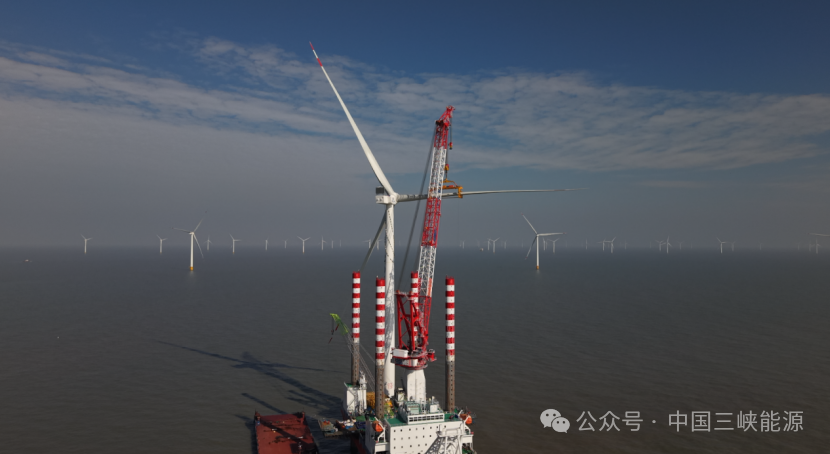










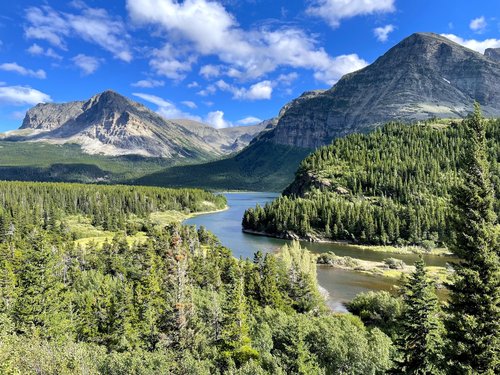






.jpg.webp?itok=0ZsAnae9#)




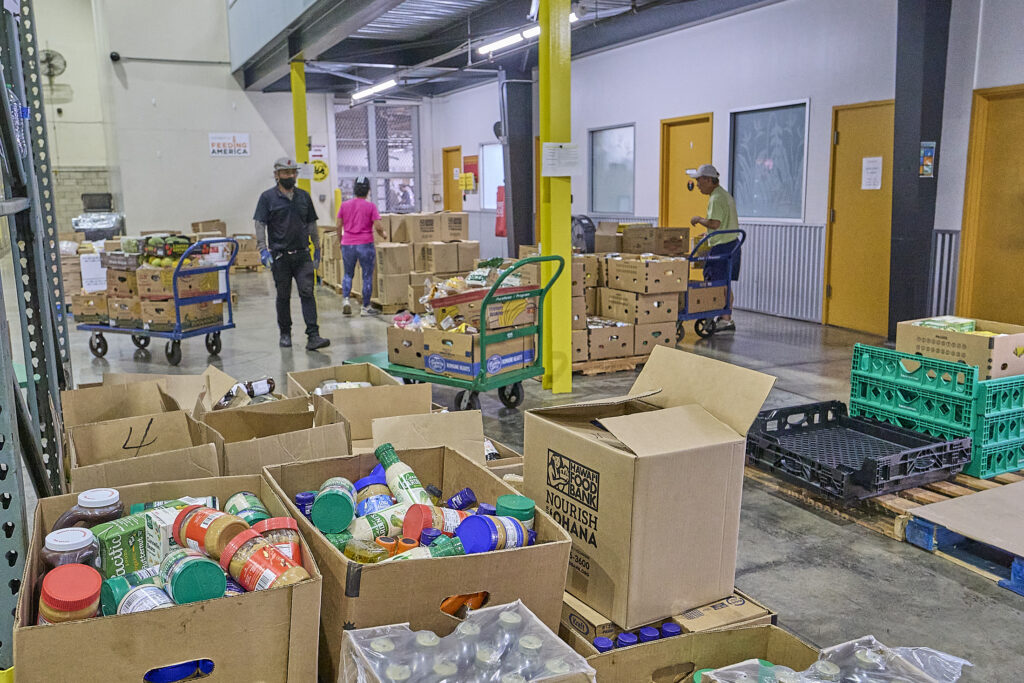

/environment-climate-change-and-health-(ech)/water-sanitation-hygiene-and-health-(wsh)/landfill-tuvalu-36092.tmb-1200v.jpg?sfvrsn=5c21fe40_1#)



